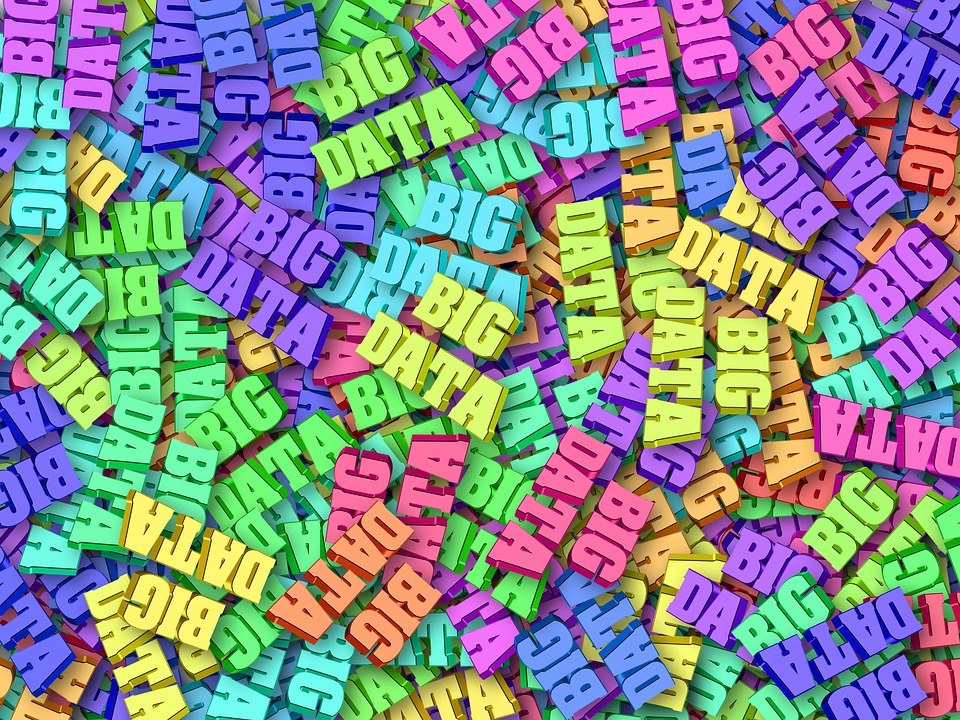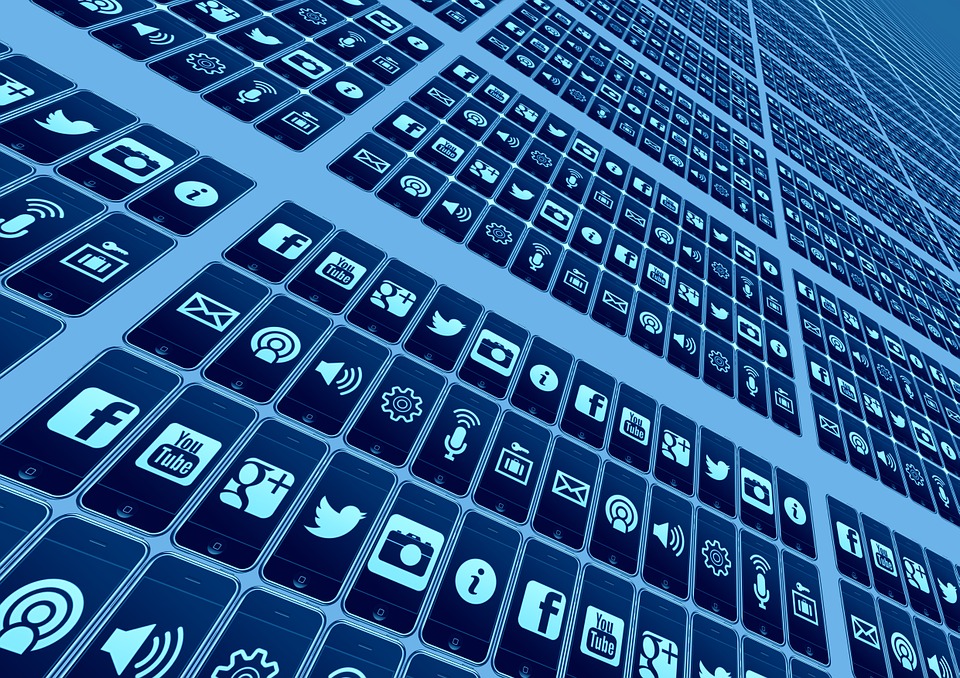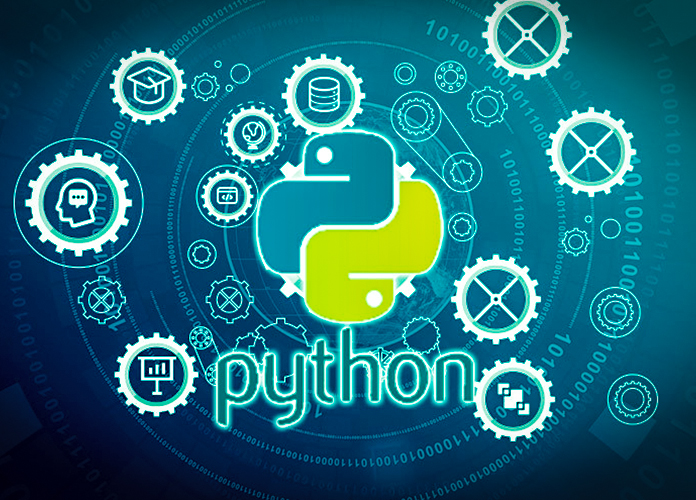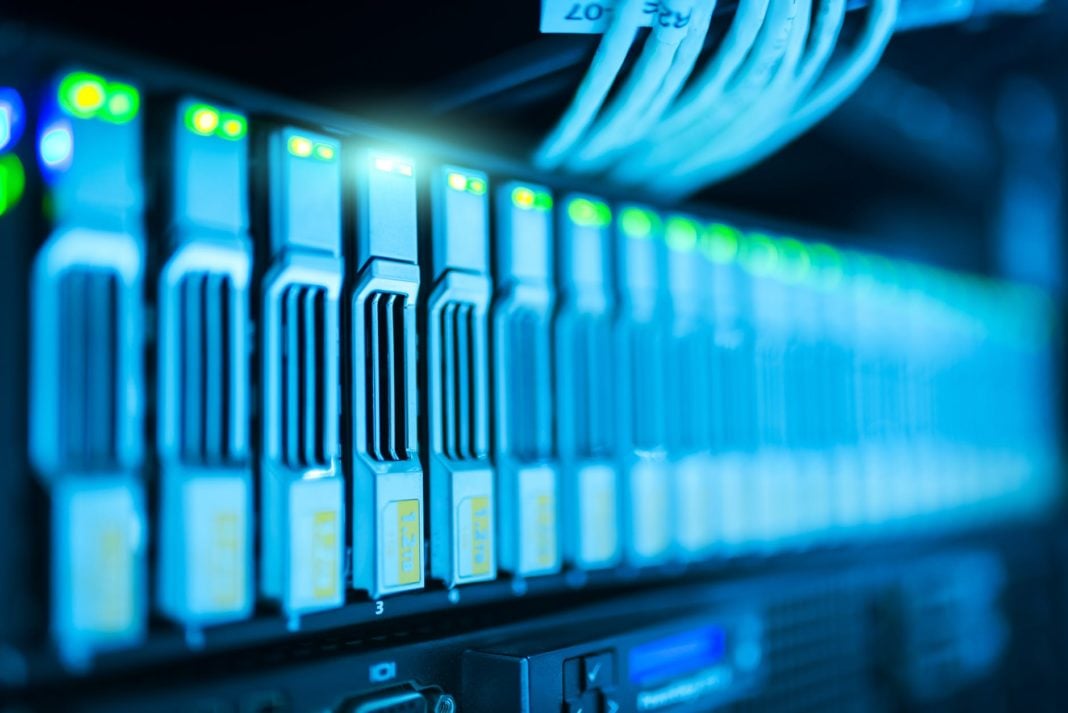Progress in terms of technology has been skyrocketing since the Industrial Revolution. The period between steam engines supplying coal to parts of the United States to the age of quantum computing has been showered with astounding ingenious innovations. The era has greatly benefited mankind in almost every aspect of their day-to-day lives.
Imagine what lives people might have been accustomed to just 400 years ago. Diseases were the norm for an average citizen throughout their lives and journeys to other nations would take weeks. Much of those diseases rarely cause an outbreak today and vaccine attempts to prevent most of those diseases from surfacing on the populace. Traveling from Los Angeles to Barcelona takes less than a day today by a flight. There’s the curiosity to check out the grandest celestial bodies and also a peek into the inner mechanisms of an atom.
It certainly is a great time to be alive! Witnessing such extraordinary events that are paving humanity to be more advanced in technology.
With this in mind, let’s glance over some of the top trending technologies that are dominating this year.
#1. Big Data

With the potential of a large number of jobs, Big Data is one of the most impressive and imperative trends of this age. The field is dedicated to analyze, extract information, and deal with immensely large data sets which becomes a herculean task if done manually. Big data can be used in the case of structured and unstructured data. With structured data, it becomes easy to analyze and organize into the database. Unstructured data is much harder to analyze as well as it uses a vast array of formats.
The four main characteristics of Big Data are:
• Volume– It’s the size of the data that determines if it can be considered as big data or not.
• Velocity– It is the speed at which the data is generated and processed.
• Variety– The type and nature of the data.
• Veracity– It refers to the data quality and data value, being an extended definition of big data.
Benefits of big data include:
• Big data tools like Hadoop can be cost efficient when large amounts of data can be stored.
• Tools like Hadoop and in-memory analytics notices new sources of data and helps businesses analyze the data to make quick decisions.
• Knowing customer demands, users will have an edge to deliver what they want.
• It is a really great tool for sentiment analyses which is vital to keep up the brand value.
Some of the best resources for Learning Big Data for FREE:
• Learn Hadoop and Big Data by Building Projects (4.5 Stars, 12 Sections, 10 Hours)
• Learn Hadoop and BigData Technologies (4.4 Stars, 9 Sections, 15.5 Hours)
• Hadoop and Big Data for Absolute Beginners (4.5 Stars, 6 Sections, 3.5 Hours)
#2. Internet of Things

Hurrying home to prepare that turkey for Thanksgiving tomorrow? With IoT (Internet of Things), you can preheat the oven from your remote. You can do that at the same time while booking an Uber and uploading your weekend pictures on Instagram.
IoT enables many devices to be connected to the internet and with each other to provide an exchange of data. They can be your oven, the lock of your doors, personal vehicles and even your toaster. IoT devices numbered 8.4 billion in 2017. It is predicted to go as high as 31 billion devices by 2020.
Businesses will be gaining a lot from this concept as well. Enabling efficiency, safety as well as decision making for businesses as data is collected and is analyzed. Bettering the lives of patients, predicting future sales growth, polishing customer services, and increase revenue are just some of the possible outcomes from a greater dependency on IoT.
The main hindrance to IoT is the lack of trained IT professionals. According to IT Pro Today, not many IT experts are trying to get the skills needed to be trained in IoT. For those interested in IoT, entry into this field might be very smooth as they will be highly motivated by themselves and choose resources on their own to plant those skills in them.
One of the best resources for Learning IoT:
• Learn IoT using Raspberry Pi (4.3 Stars, 8 Sections, 7 Hours)
#3. Angular/ R

Angular is one of the most famed software development tools. Developed by Google and launched in 2009, it was initially dubbed as Angular.js, but it had many issues at the time. In 2016, it was rewritten, and it took the name, Angular.
There are many benefits of using Angular for your project. here are a few of them:
• Angular makes testing fairly easy. The built-in-testing functionality and works with karma and Jasmine frameworks. It is easy to test components since dependency injection is integrated into the structure.
• The framework grows because if the hard work and support of the community. There will always be someone there to help you out if you are stuck.
• Angular is supported by a majority of the IDEs.
• Being a star-child of Google, it makes sense that it gives an astonishing performance.
Some of the best resources for Learning Angular:
• Learn Angular 7 (formerly Angular 2) – The Complete Guide (4.3 Stars, 32 Sections, 28 Hours)
• Learn Angular 7: The Ultimate Guide (4.3 Stars, 15 Sections, 11.5 Hours)
On the other hand,
R is a programming language used for analysis, statistics and machine learning. R can create packages, objects, and functions. R can be installed free of charge and without any license.
R is an excellent choice for data science because:
• One can run their code without the help of any compiler.
• R is used in biology, statistics and also in genetics.
• R is powerful and faster compared to any other programming language.
Some of the best resources for Learning R programming language:
• R Programming for Beginners (4.7 Stars, 5 Sections, 4 Hours)
• Introduction To Data Science Using R Programming (4.5 Stars, 7 Sections, 7 Hours)
#4. Progressive Web Apps

These are web applications that lead to regular websites and web pages. Along with that, they offer some unique functionality such as push notifications, working offline and device hardware access that was only possible for a native application.
Some of its benefits are:
• Progressive Web Apps or PWIs use a minuscule amount of data compared to native applications.
• Manual updates are not required.
• These are cheaper to produce but still packs the same punch of efficiency.
• So far, PWAs have delivered great business results.
Some of the best resources for Learning PWAs:
• Learn to Build Progressive Web Apps in JavaScript (4.4 Stars, 5 Sections, 4 Hours)
• Progressive Web Apps (PWA) – The Complete Guide (4.5 Stars, 14 Sections, 15 Hours)
#5. Blockchain

A growing list of records called blocks, linked with cryptography is called Blockchain. Every block has a cryptographic hash of the last block, general data, and timestamp. Simply put, its the digital information (represented by blocks) stored in a public database (represented by chains).
Benefits of Blockchain are:
• Blockchain being a distributed ledger, all network participants share the same document.
• After every transaction is completed, it is linked with the previous transaction.
• Transactions are done quickly and with efficiency
• With the lack of third parties, the transactions with Blockchain becomes easier.
Some of the best resources for Learning Blockchain:
• Blockchain and Cryptocurrencies for Beginners (4.4 Stars, 6 Sections, 7.5 Hours)
• Learn Python by Building a Blockchain & Cryptocurrency (4.5 Stars, 13 Sections, 17.5 Hours)
• Developers Guide To Blockchain, Bitcoin and Cryptocurrencies (4.4 Stars, 7 Sections, 5 Hours)
#6. Python

Used by major companies such as Google, Yahoo, YouTube and NASA, Python has a reputation for being simpler compared to its competitors like C# and JavaScript. It’s one of the most popular programming languages across the globe and its gaining speed in that. Python is also believed to beat JavaScript as the most popular programming language in the future.
Some of the most important benefits of Python include:
• It is praised by developers for its efficiency and speed.
• Fast runtime data structures can be created quickly thanks to its built-in list and dictionary data structures.
• Learning ease and uncluttered easy-to-understand syntax which is great news for beginners.
• A huge community is always there to help you out of a problem while making your project.
• Being open source, it is cost effective
• It is capable of interacting with other platforms and languages.
Some of the best resources for Learning Python programming language:
• Beyond Basic Programming – Intermediate Python (4.3 Stars, 7 Sections, 3 Hours)
• Python + Data Science: Practical Guide (4.3 Stars, 15 Sections, 13 Hours)
• Python Programming Learn Python with 100+ Practicals (4.4 Stars, 16 Sections, 5.5 Hours)
#7. DevOps

DevOps is a term used to define a set of concepts that have been made into a rapidly spreading movement throughout the technical community. Many even claim that it exists due to the amalgamation of two words; development and operations. It helps to maximize the speed of an institution and deliver services and applications.
Simply put, it is the alignment of development and IT operations with better communication.
A few technical benefits of DevOps:
• Fewer complexities to handle.
• Perpetual delivery of softwares.
• Problems are solved quickly.
A few business benefits of DevOps:
• Faster delivery of features and more productive teams.
• Collaboration and Communication are improved.
• More time to innovate than just sit and keep fixing the same old problems.
Some of the best resources for Learning DevOps:
• Scripting Essentials for DevOps (4.7 Stars, 4 Sections, 4 Hours)
• Learn To Build DevOps Pipeline On Azure Cloud (4.4 Stars, 8 Sections, 6.5 Hours)
• Project in DevOps – Learn Real World DevOps (4.4 Stars, 8 Sections, 9 Hours)



